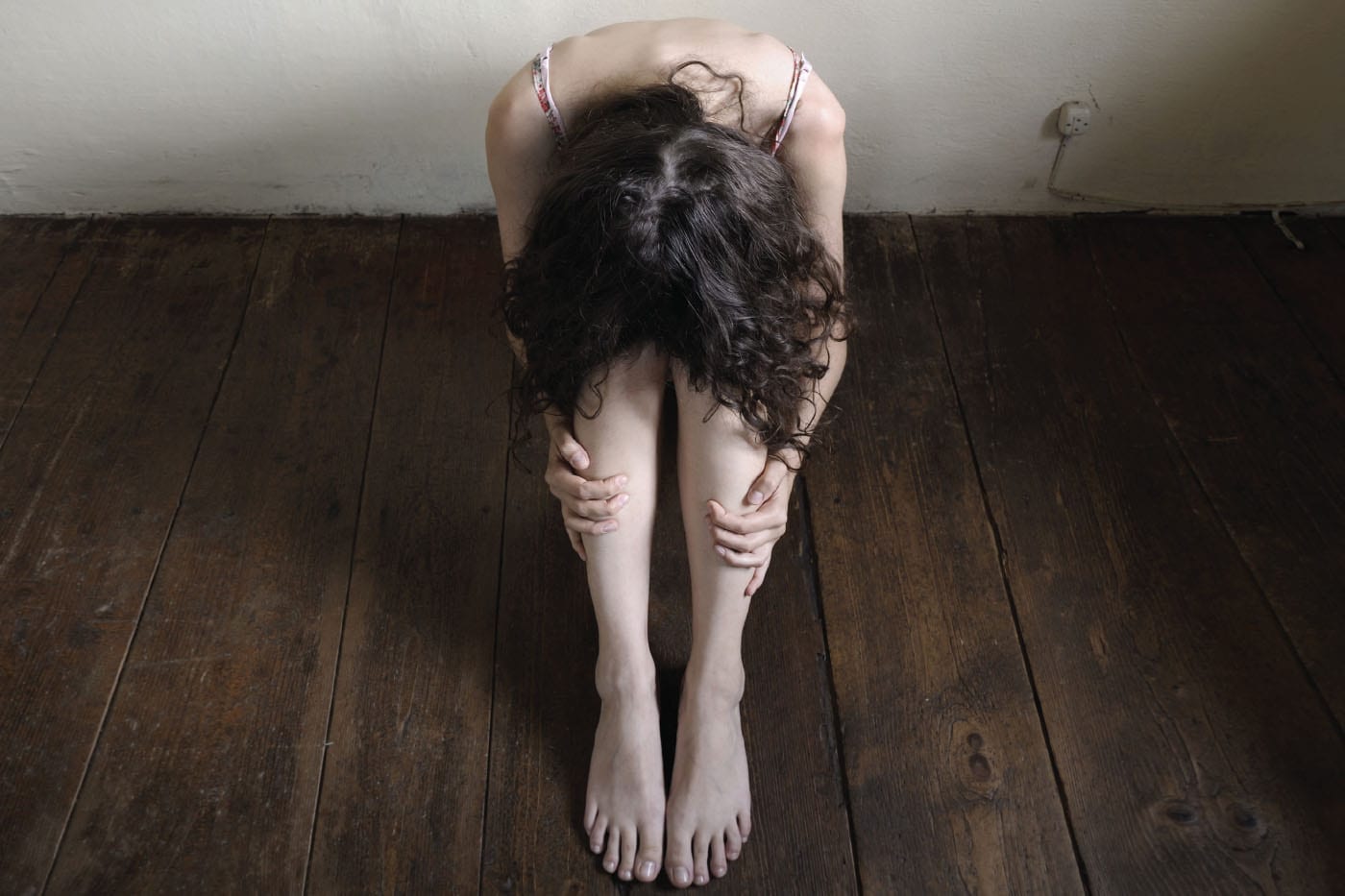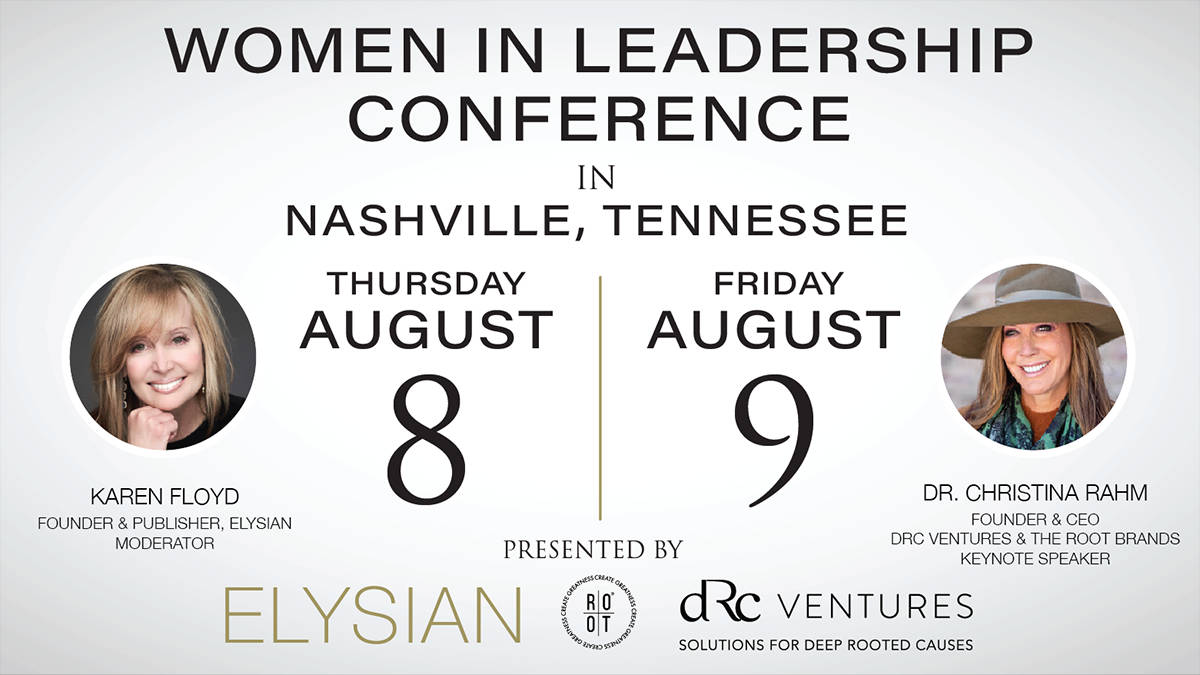It’s more familiar than you think
Human trafficking is a criminal trade driven by supply and demand that includes, but is not limited to, prostitution or commercial sex, child pornography, manufacturing, construction, agriculture, and domestic and hotel services. Human trafficking exists for multiple reasons, including the vulnerability of the people trafficked, the demand for services, and the ability of traffickers to make a high margin of profit compared to the low risk of apprehension. In order to solve the problem of human trafficking, we must change the conversation about trafficking, including calling it what it is: modern slavery.
In accordance with the 13th Amendment to the United States Constitution, slavery was abolished 150 years ago. But the fact remains that modern slavery is not only alive and well in the United States, but it is thriving worldwide. The Global Slavery Index estimates that nearly 46 million people in 167 countries are currently being trafficked, including 5.6 million children under the age of 18. Globally, human trafficking has generated $150 billion in illegal profits, making it the second largest international crime worldwide, just behind the international drug trade.
In the United States alone, human traffickers have enslaved 57,700 men, women and children in the sex, servitude, or labor trades. Many people assume that human trafficking is just sex trafficking, but its footprint is far more reaching than just commercial sex. By definition, human trafficking is the enslavement of humans (by exchange or exploitation) who are then forced into one of many services: the commercial sex trade, involuntary labor, child soldiering, indentured servitude, domestic service, or debt bondage. In the United States, the most vulnerable in our society, – women, children, LGBTQ persons, and undocumented migrant workers – are purchased, sold, smuggled, and forced to live as slaves. They are often beaten or starved to coerce them to perform services for little or no pay.
Trapping victims is easier than you think.
Human trafficking does not discriminate. Anyone of any race, color, gender, sexual orientation, or citizenship can be a victim, but it’s typically men and women who are vulnerable, poor, abused, or in precarious living conditions. Traffickers are smart. They know that if they make promises of a better life, food, clothes, shelter, stability or employment, people will follow them. Once a trafficker dominates a person of interest, it’s nearly impossible to get away. Furthermore, victims find themselves in living conditions even more appalling than their previous lives. Many end up forced into life as a sex worker at a strip club, sold for commercial sex or into the labor trade as a domestic servant, farmer or factory worker for little or no pay. Some are smuggled into the country illegally, with a promise of the “American Dream,” and then forced into a debt bond trade where they can’t pay off the bond, and it’s passed onto family members. These people are unable to extract themselves because they either don’t realize the resources available to them, or they can’t find a viable opportunity where extraction can occur.
Trafficking is a family business.
Many traffickers have been working in the human trafficking business for generations, exploiting family members, or working as part of a syndicate where they run victims in conjunction with a bigger crime ring. You don’t need chains to enslave people. Psychological abuse or torture works just as well as to exploit and capitalize on a person’s weakness. Traffickers often threaten their victims with harm to them or a family member, or with arrest, deportation, shame or financial devastation, Traffickers also use drugs as a vehicle to control their victims, creating memory gaps, mistrust, terror, and the inability to comprehend their circumstances before, during, and after the abuse.
Modern slavery has penetrated cities across America, including yours.
In 2016, US Immigration and Customs Enforcement (ICE) arrested nearly 2,000 traffickers across the nation and were able to identify 400 victims. If you think that your town can’t be a hub for trafficking, it likely already is. Traffickers are scouting major sporting events, concerts, and festivals and then hosting sex parties, finding and preying on men that are willing to pay for sex with strangers. They are filling vans with women outside of bars, inviting men to indulge on the way out. They are kidnapping and selling underage girls at parties who are then drugged, beaten, raped and left to die. People are willing to pay for it. It comes down to supply and demand; the more consumers willing to pay for sex, the more sex will be available, and as a result, the subversive, seedy side of America will continue to flourish.
Lack of infrastructure perpetuates the problem.
It’s only within the last few years that the U.S. government has begun to understand the scope of the human trafficking dilemma. And while knowledge is growing about this crime and how to identify and prosecute it, human trafficking is still widely underreported because it exists in the dark, covert underbelly of America, inhibiting awareness for law enforcement officials, government, and first responders. But there is some progress. With the enactment of the Trafficking Victims Protection Act (TVPA) in 2000, and its subsequent revisions over the last several years, there are more benefits, services, and criminal consequences now attached to the act of involuntary servitude and and Customs slavery. However, the United States, the United Nations and the world at large must continue to make a global effort if we are to make any significant inroads into halting the tide of trafficking.
Reducing the slavery footprint
There is hope. The U.S. government, the United Nations, other international organizations, and ordinary citizens can, and are, reducing the incidence of human trafficking worldwide. There are multiple campaigns encouraging people, mainly men, to stop participating in the commercial sex industry. There are public service campaigns educating and encouraging ordinary citizens to report any indication of trafficking. Beyond that, buying fair trade and survivor-made products, as well as learning to recognize the signs of trafficking, help in the reduction of this pervasive criminal activity. A community effort is fundamental in helping service providers, criminal prosecutors, and law enforcement reduce the demand for sex and labor trafficking. Modern slavery is a global issue that can only be resolved with global cooperation.
To learn more about how you can recognize the signs of human trafficking,
donate money to a reputable agency or organization, or volunteer to help, visit
www.freedomnetworkusa.org.
Domestic Violence as a Human Trafficking Crime
Domestic violence is considered a form of trafficking. Women who feel trapped in a relationship where they are beaten, abused or held against their will are now considered human trafficking victims. Many women never leave their abusers. Instead, they conduct their daily lives, take the kids to school, work outside the home, and stay with their abuser. Why? Their abuser, often a husband or boyfriend, says,“If you leave, I will find you. I will bring you back. I will harm you or our children if you don’t do what I say.” If someone feels entrapped or experiences little freedom inside or outside the home,that’s trafficking.That’s enslavement. And, in many cases, prosecutors are now willing to prosecute based on this premise.
SOURCES:
ovc.ncjrs.gov/humantraffi cking/publicawareness.html
freedomnetworkusa.org/human-trafficking/
state.gov/documents/organization/263434.pdf
state.gov/j/tip/rls/fs/2017/272003.htm
dosomething.org/us/facts/11-facts-about-human-trafficking
humantraffickinghotline.org/states
fbi.gov/investigate/civil-rights/human-trafficking
freedomunited.org/freedom-university/what-is-modern-slavery/
globalslaveryindex.org
stophumantrafficking.org/
ice.gov/news/releases/ice-arrests-nearly-2000-human-
traffickers-2016-identifies-over-400victims-across-us
Special thanks to Carol Wick,
a principal at Convergent Nonprofit Solutions, for her invaluable insight into human trafficking, the challenges, possible solutions, as well as its relationship to domestic violence.


